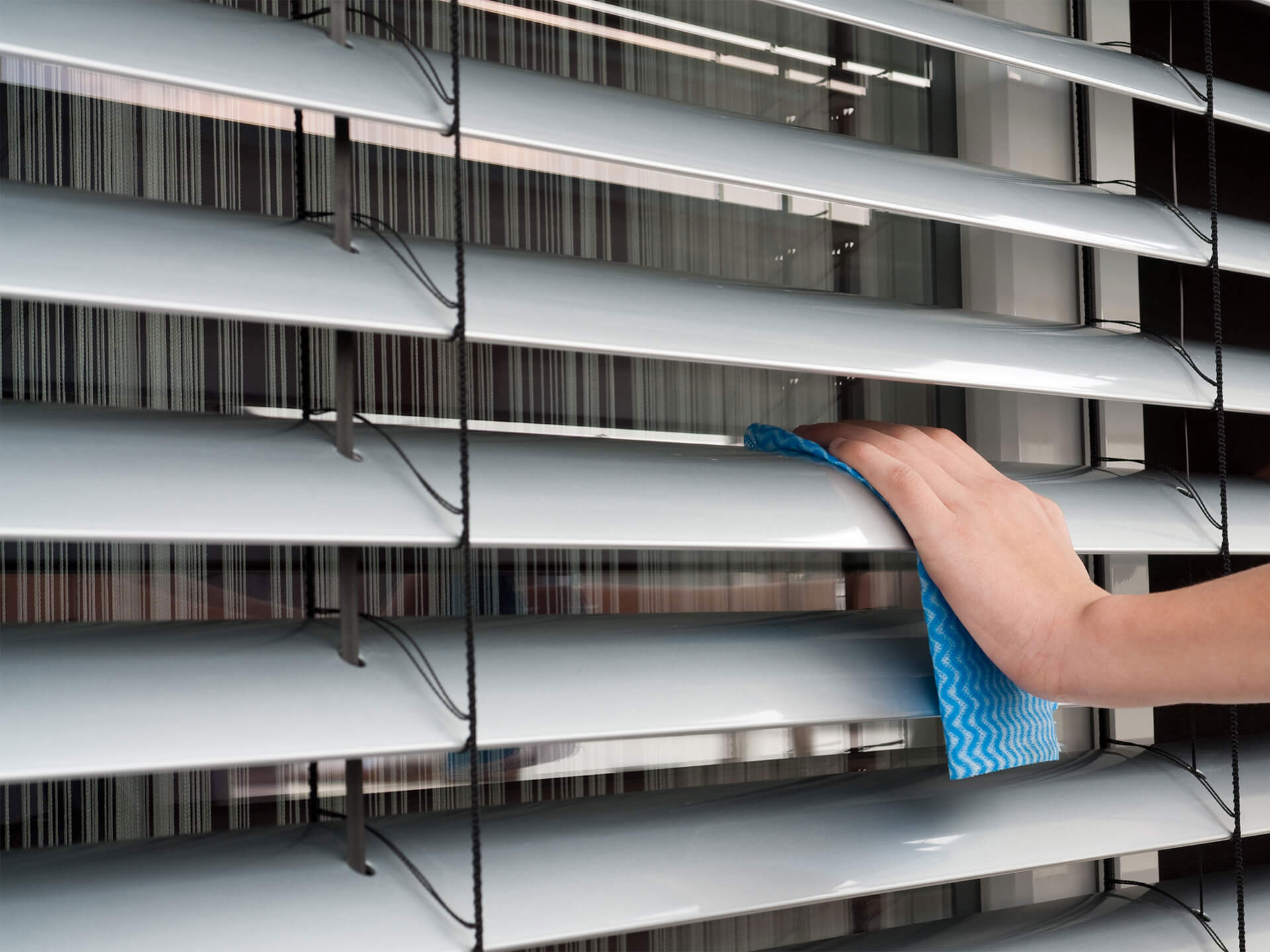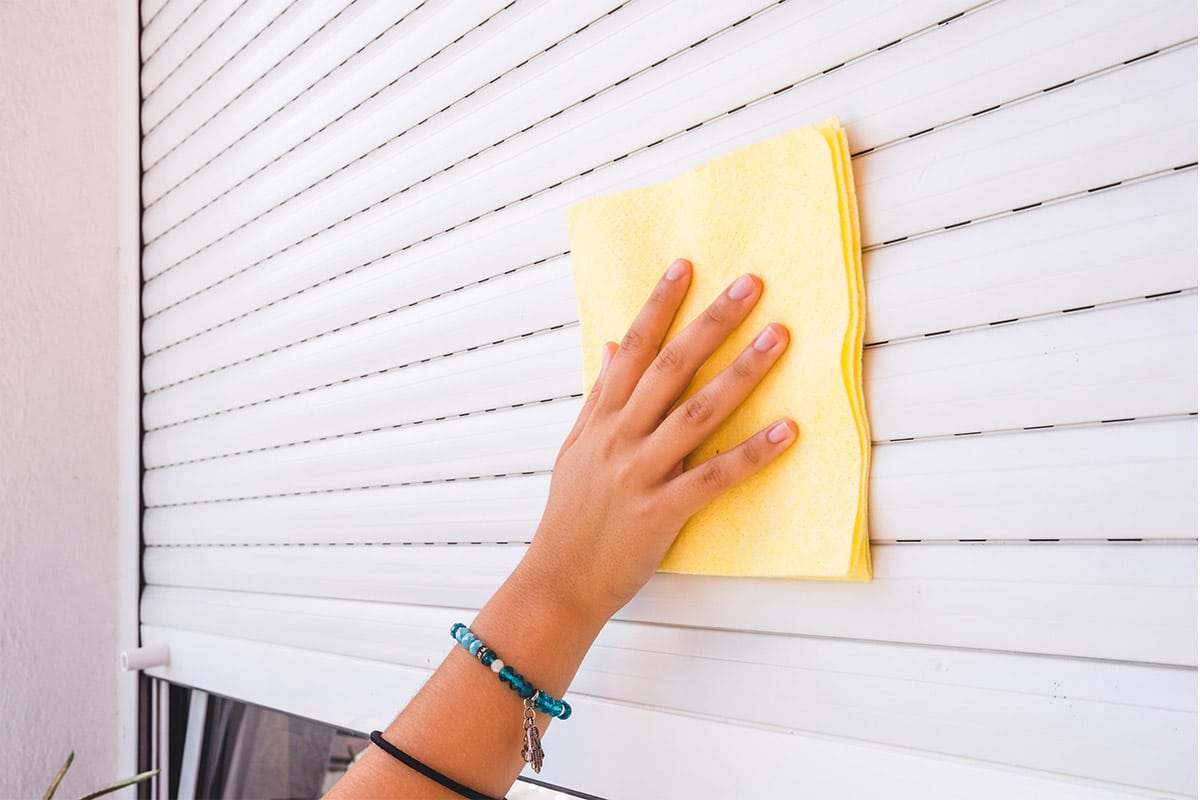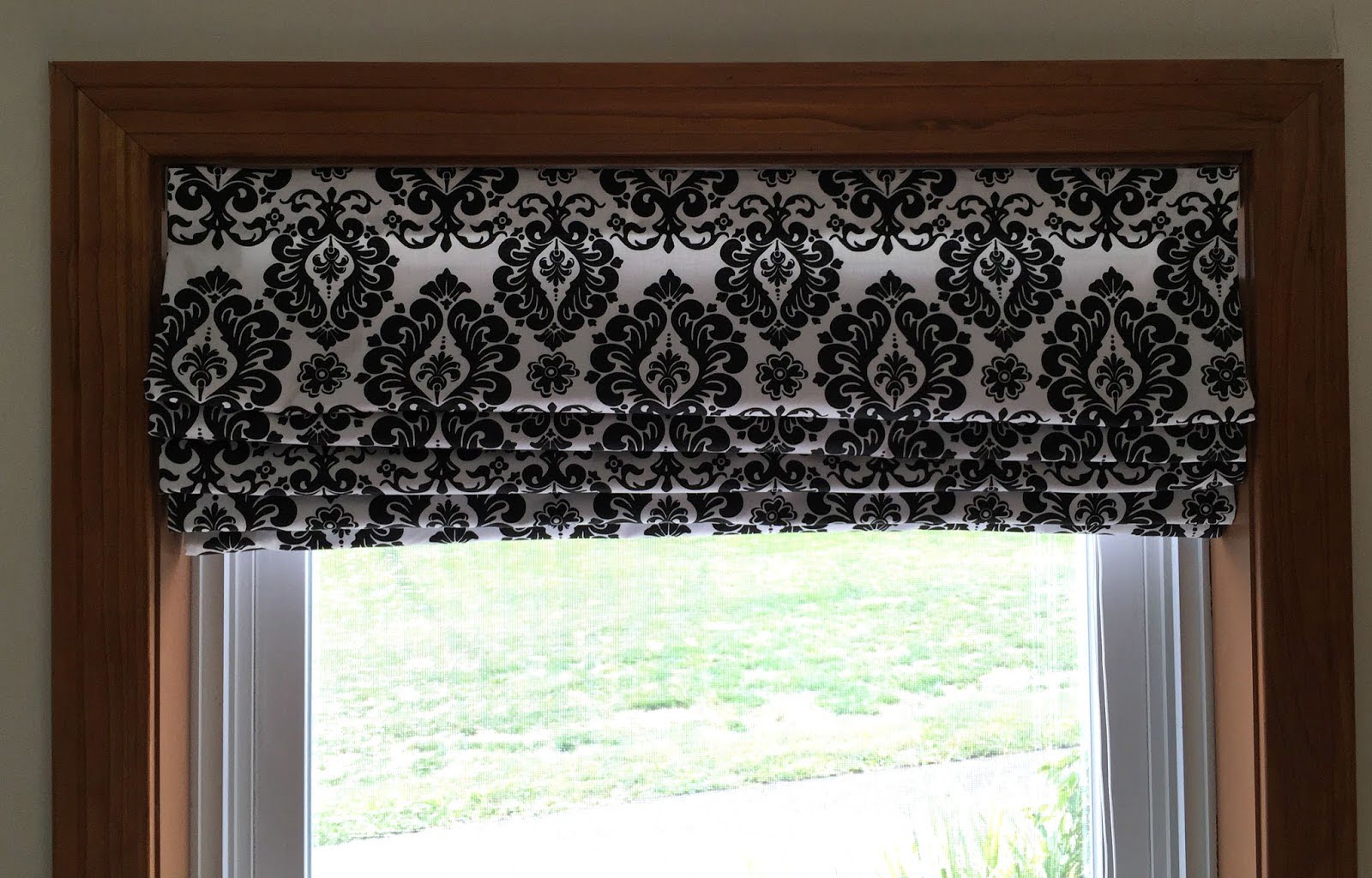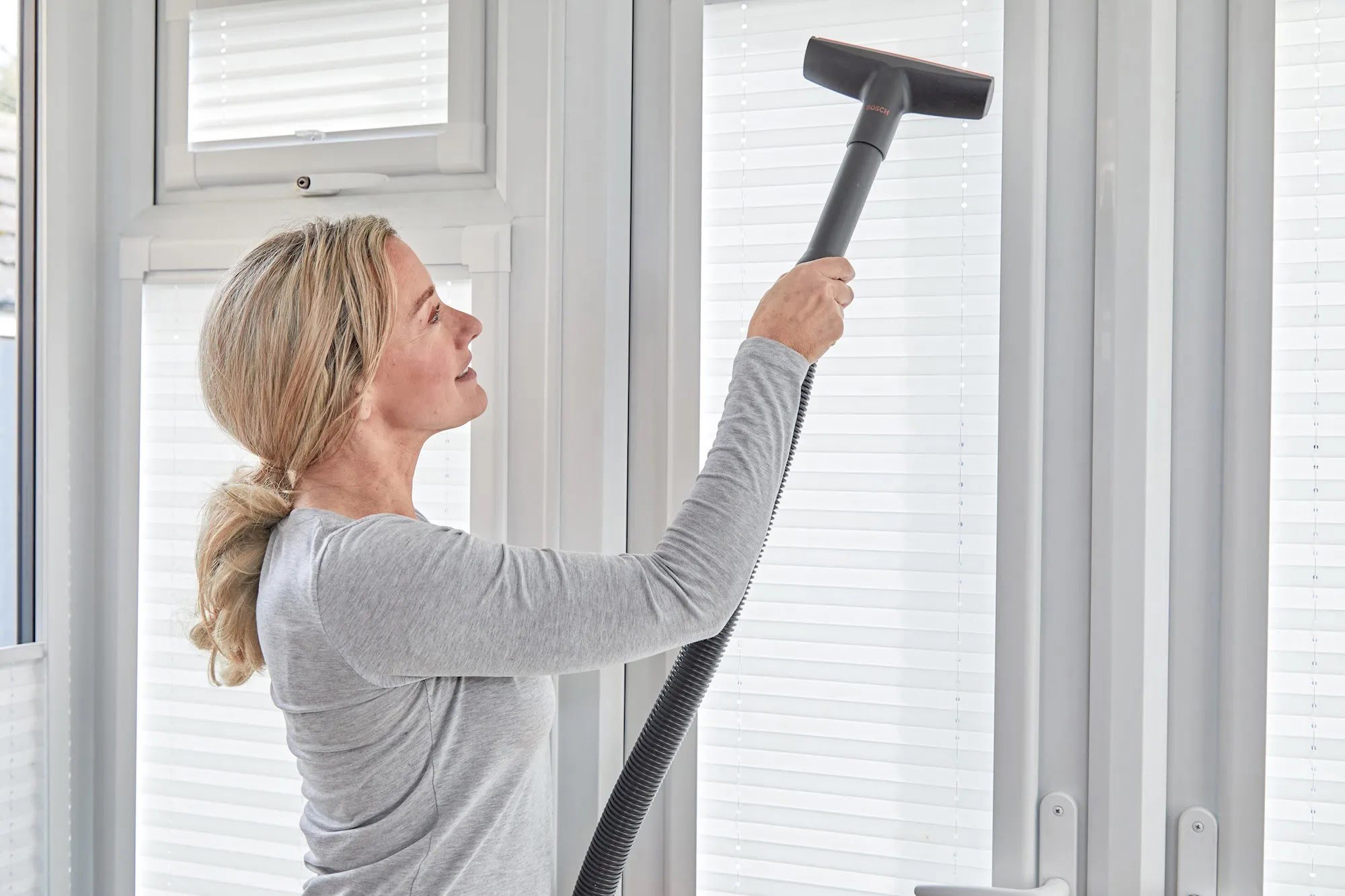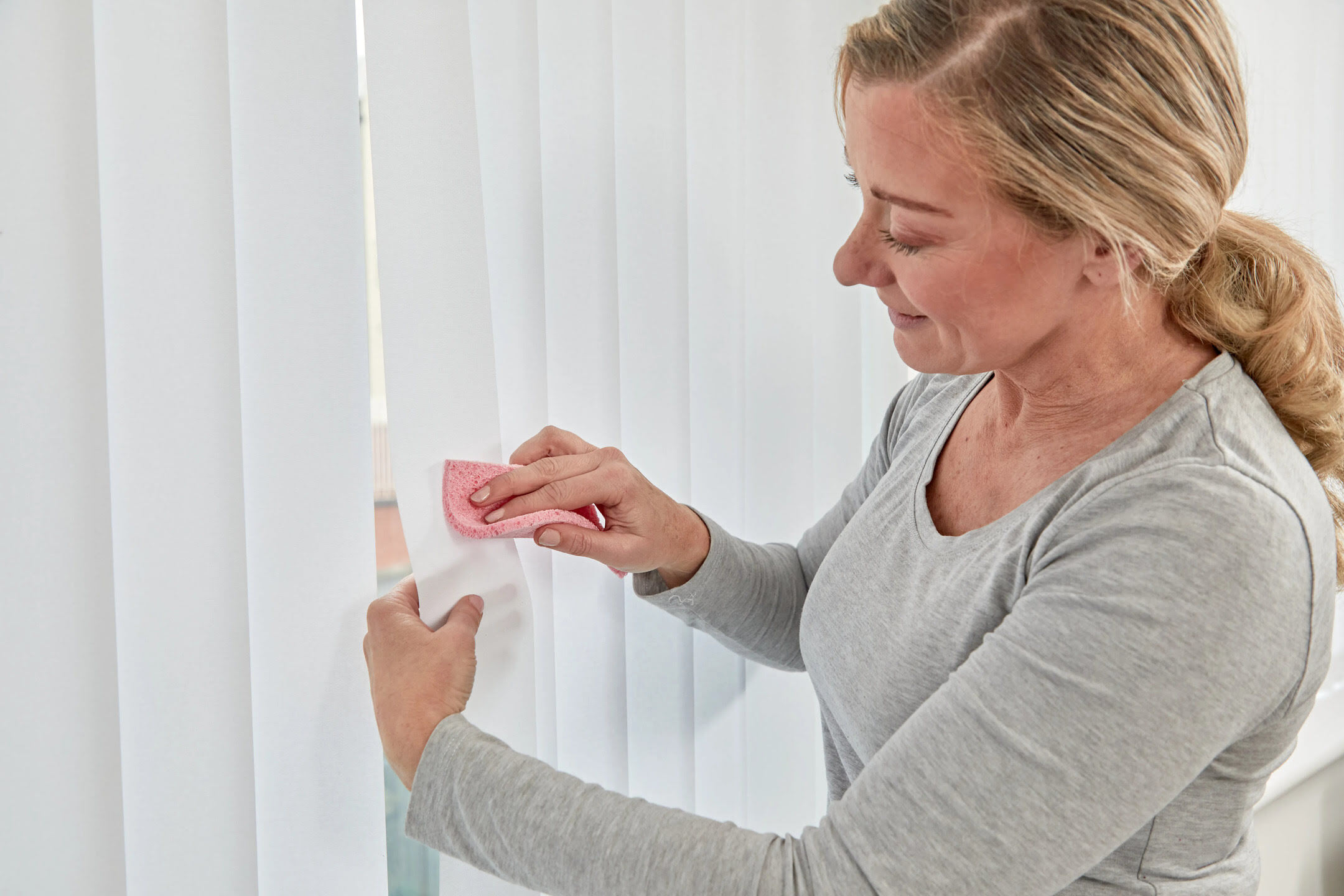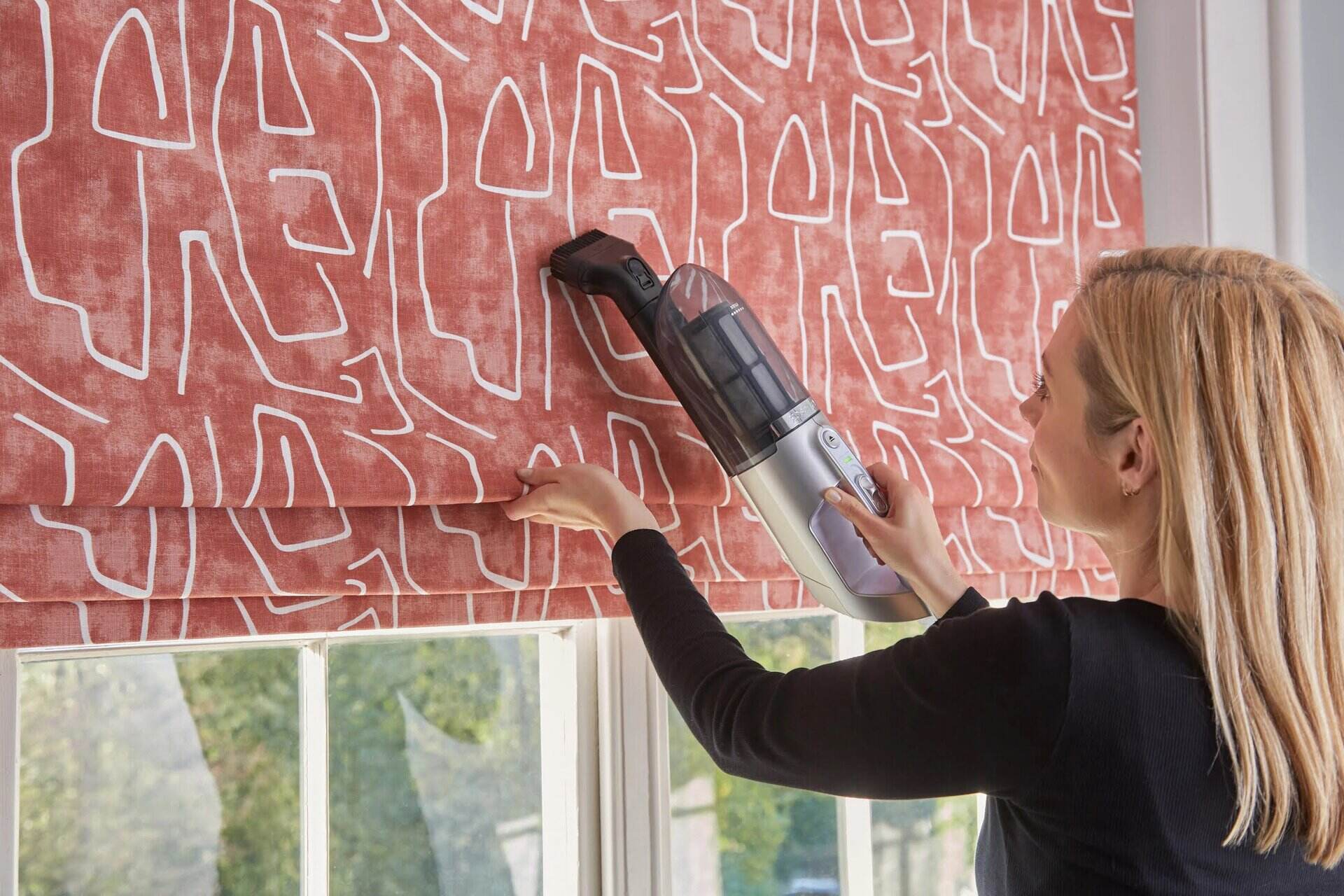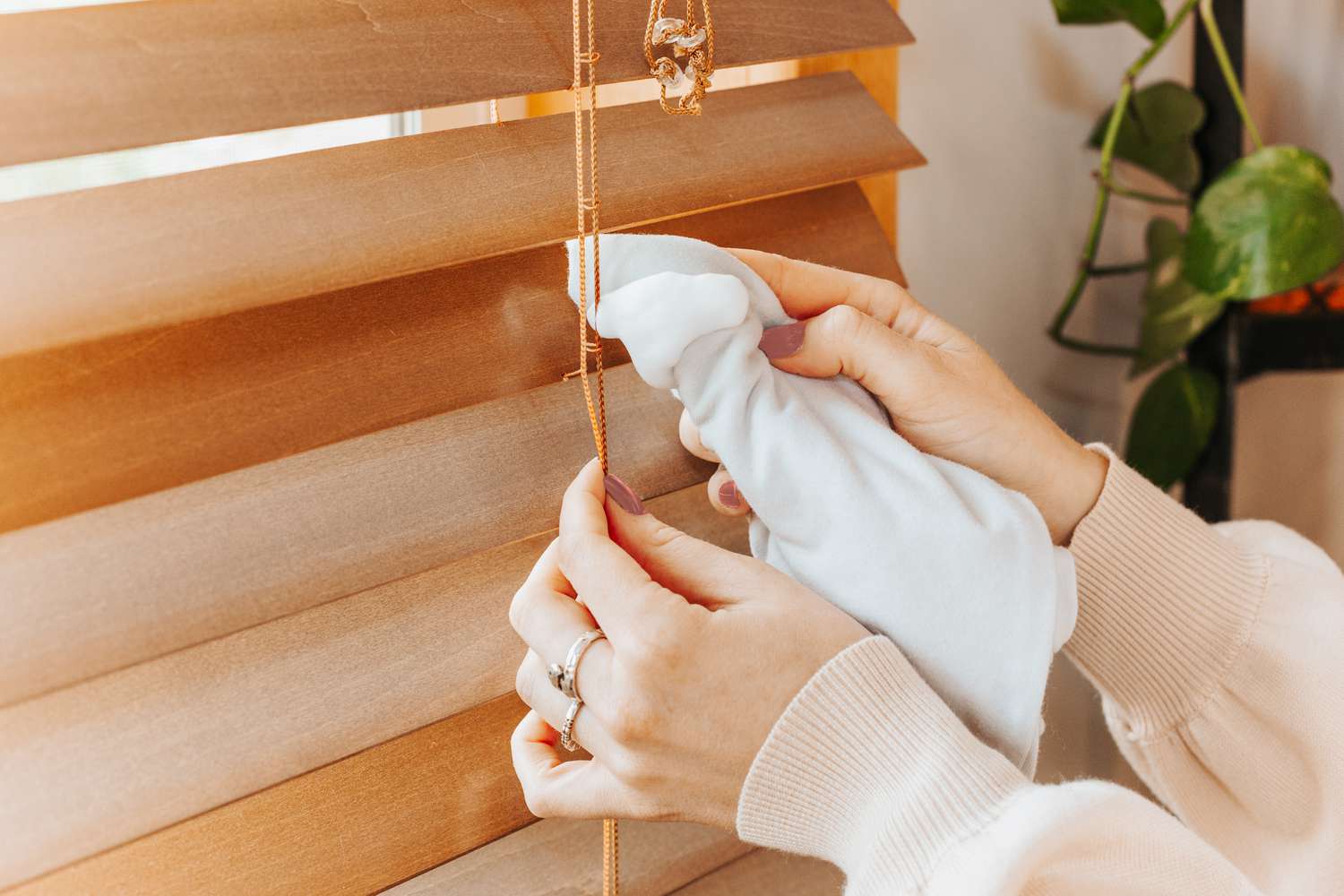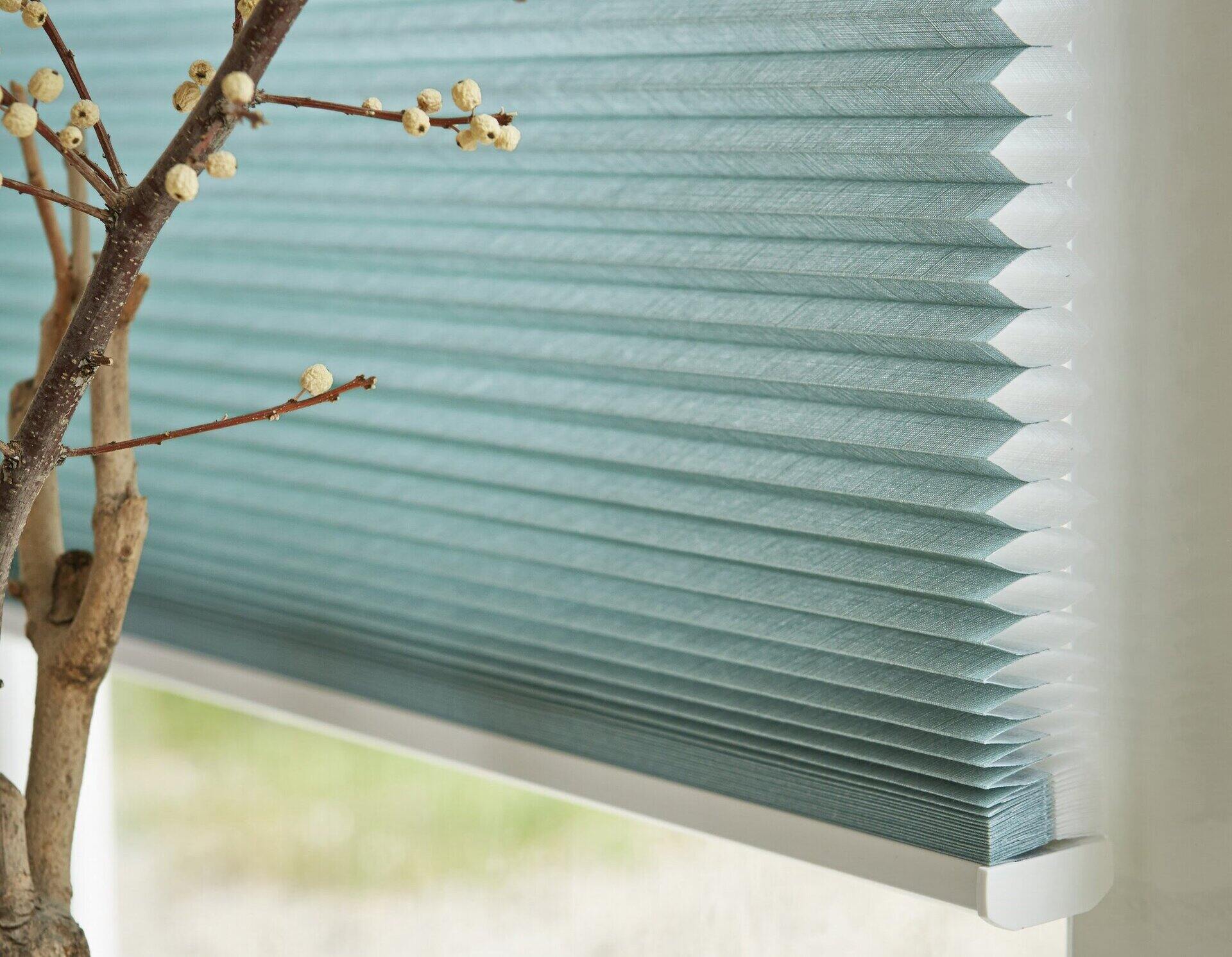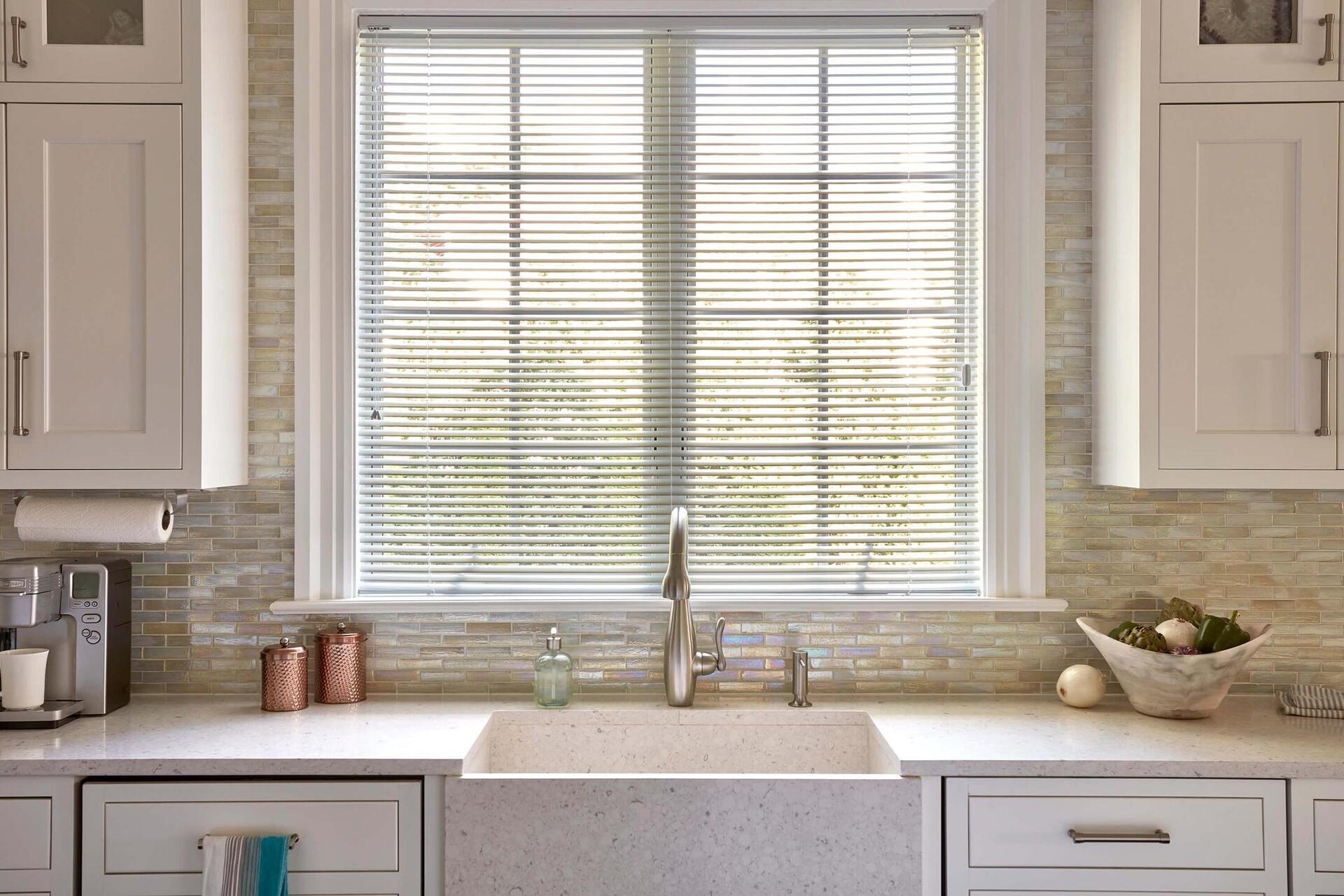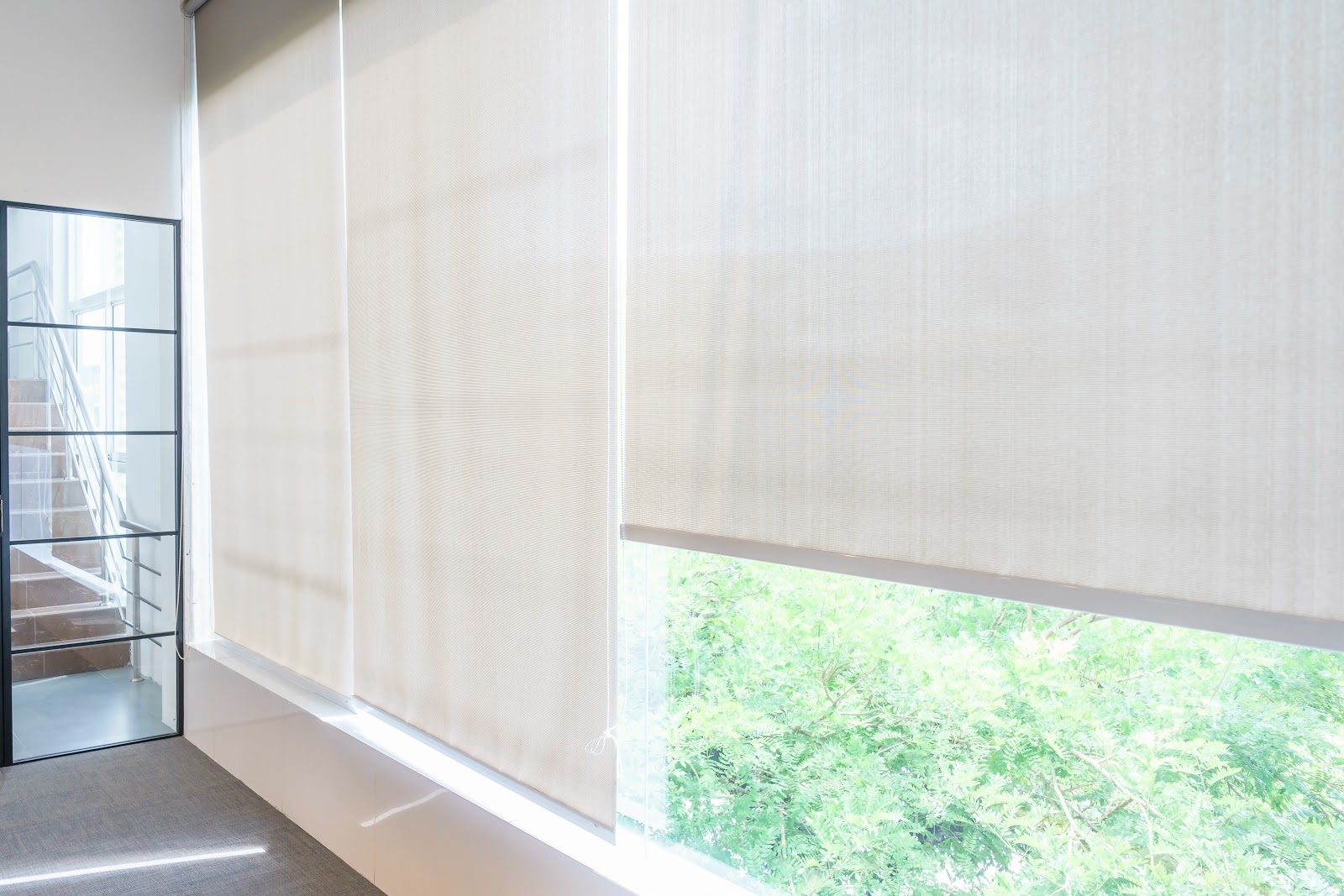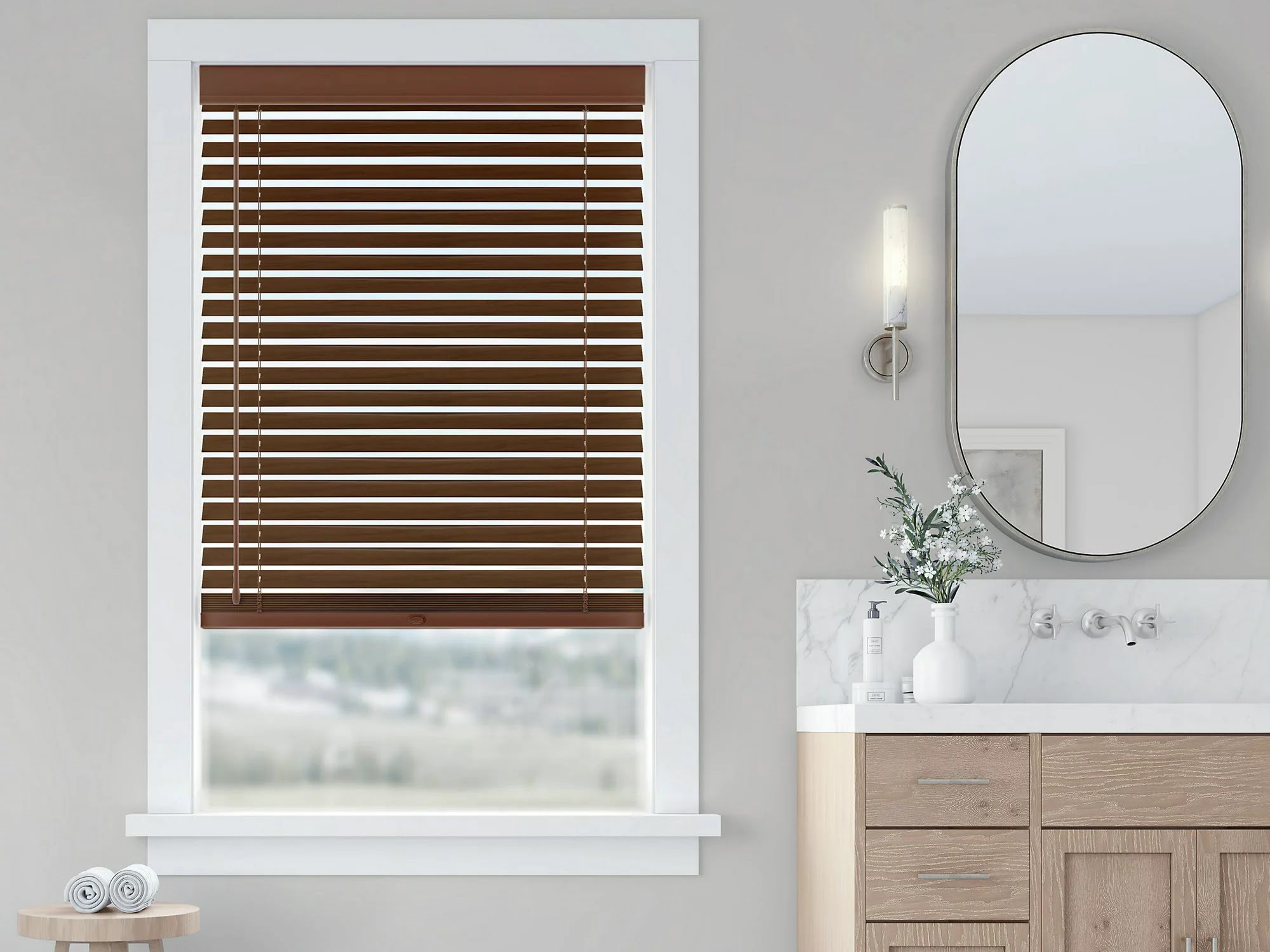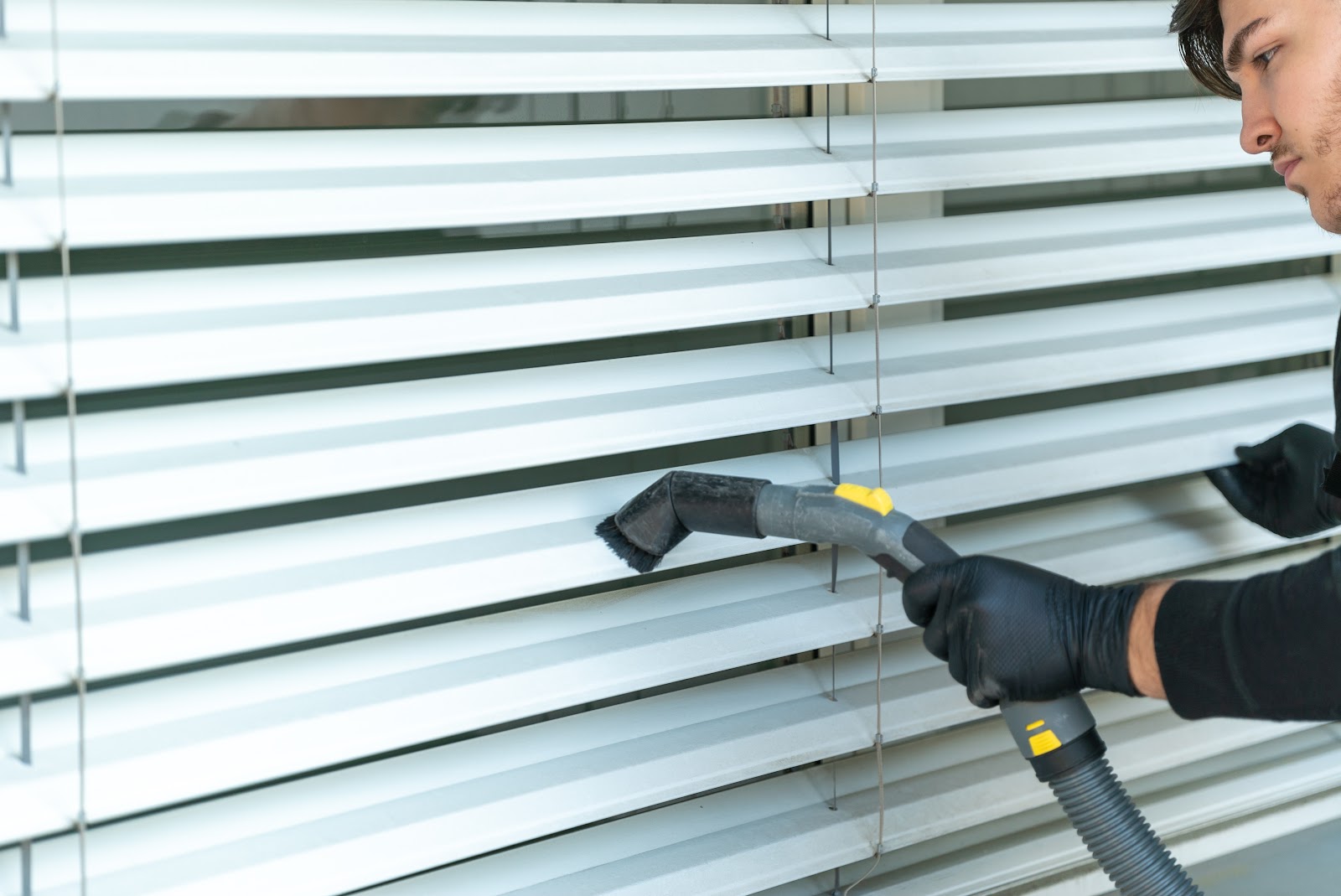

Articles
How To Clean Shades And Blinds
Modified: August 28, 2024
Learn effective tips and techniques to clean shades and blinds with our informative articles. Transform your home with spotless window coverings!
(Many of the links in this article redirect to a specific reviewed product. Your purchase of these products through affiliate links helps to generate commission for Storables.com, at no extra cost. Learn more)
Introduction
Shades and blinds are not only functional window coverings but also important elements in home decor. They not only provide privacy and control the amount of light entering a room but also add style and charm to any space. However, over time, shades and blinds can accumulate dust, dirt, and stains, diminishing their appearance and efficiency. Therefore, regular cleaning is essential to maintain their beauty and functionality.
Keeping shades and blinds clean may seem like a daunting task, but with the right tools, supplies, and techniques, it can be relatively simple and hassle-free. In this article, we will walk you through the step-by-step process of cleaning different types of shades and blinds, including fabric shades, wood and faux wood blinds, vinyl and aluminum blinds, cellular shades, roller shades, roman shades, and vertical blinds. Additionally, we will share some useful tips and tricks to help you maintain the cleanliness and longevity of your window coverings.
Before we dive into the specific cleaning methods, let’s first gather the necessary tools and supplies to ensure a thorough and effective cleaning process.
Key Takeaways:
- Regular cleaning and maintenance of shades and blinds is essential to preserve their beauty, functionality, and longevity. Follow specific cleaning methods and incorporate helpful tips to keep your window coverings looking their best.
- Gather the necessary tools and supplies, prepare the area, and follow manufacturer’s instructions for specific cleaning recommendations to ensure a smooth and effective cleaning process for different types of shades and blinds.
Tools and Supplies Needed
Before you begin the cleaning process, it’s important to gather the necessary tools and supplies. Here’s a list of items that will come in handy:
- Soft microfiber cloths or dusters: These are essential for dusting and wiping off dirt and grime from the shades and blinds.
- Vacuum cleaner with a brush attachment: This will help remove loose dust and debris from the fabric, slats, or vanes.
- Mild detergent or cleaner: Choose a gentle, non-abrasive cleaner suitable for the specific material of your shades or blinds.
- Bucket or basin: You’ll need a container to mix the cleaning solution.
- Sponge or soft-bristled brush: Use these to clean and scrub stains or spots.
- Garden hose (if possible): It can be helpful for rinsing off cleaning solutions or for cleaning blinds outdoors.
- Ladder or step stool: Depending on the height of your windows, you may need a step stool or ladder to reach the shades or blinds.
- Gloves: To protect your hands during the cleaning process, especially if you are using any cleaning solutions.
It’s important to note that the tools and supplies needed may vary depending on the specific type and material of your shades or blinds. Always refer to the manufacturer’s instructions for any specific cleaning recommendations.
Now that we have our tools and supplies ready, let’s move on to preparing for the cleaning process.
Preparing for Cleaning
Before you dive into the actual cleaning process, it’s important to prepare the area and the shades or blinds to ensure a smooth and effective cleaning experience. Here are some steps to follow:
- Clear the area: Remove any furniture, decorations, or obstacles near the windows to create a clear workspace. This will allow you to access and clean the shades or blinds without any hindrances.
- Dust the area: Use a microfiber cloth or duster to remove any loose dust or debris from the surrounding area. This will prevent dirt from settling back onto the clean shades or blinds during the cleaning process.
- Inspect for damage: Take a moment to inspect the shades or blinds for any visible damages, such as tears, broken slats, or malfunctioning mechanisms. If you notice any significant damages, it’s best to take necessary repair or replacement steps before proceeding with the cleaning.
- Read manufacturer’s instructions: Different shades and blinds may have specific cleaning instructions provided by the manufacturer. Take the time to review these instructions to ensure you clean them correctly and avoid any damage. If you no longer have the instructions, you can often find them online on the manufacturer’s website.
- Test cleaning solution: If you’re planning to use a cleaning solution on your shades or blinds, it’s always a good idea to test it on a small, inconspicuous area first. This will help you ensure that the solution doesn’t cause any discoloration or damage to the material.
By taking these preparatory steps, you’ll create an optimal environment for cleaning your shades or blinds and minimize the risk of damage or mishaps. Now, let’s move on to the specific cleaning methods for different types of shades and blinds.
Cleaning Fabric Shades
Fabric shades, such as Roman shades and cellular shades, require a gentle approach to cleaning to avoid damaging the delicate fabric. Here’s a step-by-step guide on how to clean fabric shades:
- Dust the shades: Start by using a soft microfiber cloth or a duster to gently remove any loose dust or debris from the fabric. Work from the top to bottom, ensuring that you cover all areas.
- Vacuum the shades: Use a vacuum cleaner with a brush attachment to further remove dust and dirt from the fabric. Use a gentle suction setting to avoid damaging the fabric. Be careful not to press too hard on the fabric to prevent stretching or tearing.
- Spot clean stains: If stains are present on the fabric shades, prepare a mild cleaning solution by mixing a small amount of gentle detergent with lukewarm water. Dip a sponge or soft-bristled brush into the solution and gently dab the stained area. Avoid rubbing the fabric vigorously as it may damage or discolor the material. Rinse the sponge or brush in clean water and gently blot the area to remove the cleaning solution.
- Air dry the shades: After spot cleaning, allow the fabric shades to air dry completely. It’s important to avoid exposing them to direct sunlight or heat sources as this can cause fading or shrinkage.
- Iron if necessary: If the fabric shades have become wrinkled, you can use a low-heat setting on an iron to remove any wrinkles. Make sure to check the manufacturer’s instructions or test on a small inconspicuous area before ironing.
It’s important to note that some fabric shades, such as those with blackout or thermal linings, may have specific cleaning instructions provided by the manufacturer. Always refer to these instructions for best results and to avoid any damage to the shades.
Now that you know how to clean fabric shades, let’s move on to cleaning wood and faux wood blinds.
Cleaning Wood and Faux Wood Blinds
Wood and faux wood blinds add a touch of elegance and warmth to any space. However, they can accumulate dust and grime over time. Here’s a step-by-step guide on how to clean wood and faux wood blinds:
- Dust the blinds: Start by closing the blinds in a fully flat or open position. Use a soft microfiber cloth, a duster, or a vacuum cleaner with a brush attachment to gently remove any dust or debris from the slats. Work from the top to bottom, ensuring that you cover all slats.
- Spot clean stains: If you notice any stubborn stains or spots on the blinds, prepare a mild cleaning solution by mixing a small amount of mild detergent with lukewarm water. Dampen a clean cloth or sponge in the solution and gently wipe the stained areas. Avoid using excess water, as it may warp or damage the wood or faux wood. Rinse the cloth or sponge and wipe off any residue.
- Dry the blinds: After spot cleaning, use a dry, clean cloth to wipe the blinds and remove any excess moisture. This will help prevent water spots or damage to the wood or faux wood.
- Tilt and clean the other side: Once one side of the blinds is clean and dry, tilt the slats in the opposite direction and repeat the dusting and spot cleaning process on the other side.
- Apply a protective finish (if necessary): Depending on the type of wood or faux wood blinds you have, you may consider applying a protective finish to enhance their longevity and appearance. Follow the manufacturer’s instructions for applying the finish, and make sure to allow sufficient drying time before rehanging the blinds.
It’s important to note that excessive moisture can be damaging to wood blinds. Avoid using excessive water or soaking the blinds, as it can cause warping or discoloration. Additionally, faux wood blinds may have specific cleaning instructions provided by the manufacturer. Always refer to these instructions for best results and to avoid any damage to the blinds.
Now that you know how to clean wood and faux wood blinds, let’s move on to cleaning vinyl and aluminum blinds.
Read more: How To Hang Curtains Over Blinds And Shades
Cleaning Vinyl and Aluminum Blinds
Vinyl and aluminum blinds are popular choices for their durability and affordability. Cleaning these types of blinds is relatively straightforward. Here’s a step-by-step guide on how to clean vinyl and aluminum blinds:
- Closed position: Close the blinds completely to expose the front surface of the slats.
- Dust the blinds: Use a soft microfiber cloth, a duster, or the brush attachment of a vacuum cleaner to gently remove any dust or debris from the slats. Start from the top and work your way down, ensuring that you cover all slats.
- Spot clean stains: If there are any tough stains or spots on the blinds, prepare a mild cleaning solution by mixing a small amount of mild detergent with lukewarm water. Dampen a clean cloth or sponge in the solution and gently wipe the stained areas. Rinse the cloth or sponge and wipe off any residue.
- Rinse with clean water: After spot cleaning, rinse the blinds with a clean, damp cloth or sponge to remove any remaining cleaning solution or residue.
- Dry the blinds: Use a dry, clean cloth to wipe the blinds and remove any excess moisture. This will help prevent water spots or damage.
- Flip and repeat: Once the front surface of the blinds is clean and dry, flip the blinds to expose the back surface of the slats. Repeat the dusting and spot cleaning process on the back side.
Vinyl and aluminum blinds are relatively water-resistant, but it’s still important to avoid excessive moisture that can cause damage or warping. Avoid soaking or submerging the blinds in water, and use minimal amounts of cleaning solution to prevent any potential discoloration or damage.
Now that you know how to clean vinyl and aluminum blinds, let’s move on to cleaning cellular shades.
Use a microfiber cloth or duster to regularly dust shades and blinds. For a deeper clean, mix warm water with mild dish soap and gently wipe down the surfaces. Avoid using harsh chemicals or abrasive materials.
Cleaning Cellular Shades
Cellular shades, also known as honeycomb shades, are not only stylish but also offer insulation benefits. Cleaning these types of shades requires a delicate touch to preserve their structure and functionality. Here’s a step-by-step guide on how to clean cellular shades:
- Closed position: Close the cellular shades completely to expose the front surface of the fabric.
- Dust the shades: Use a soft microfiber cloth, a duster, or the brush attachment of a vacuum cleaner to gently remove any dust or debris from the fabric. Start from the top and work your way down, ensuring that you cover all areas.
- Vacuum the shades: Use a vacuum cleaner with a brush attachment to further remove dust and dirt from the fabric. Use a gentle suction setting to avoid damaging the fabric. Be careful not to press too hard on the fabric to prevent stretching or tearing.
- Spot clean stains: If there are any noticeable stains or spots on the shades, prepare a mild cleaning solution by mixing a small amount of gentle detergent with lukewarm water. Dampen a clean cloth or sponge in the solution and gently dab the stained areas. Avoid rubbing the fabric vigorously as it may damage or discolor the material. Rinse the cloth or sponge in clean water and gently blot the area to remove any cleaning solution.
- Air dry the shades: After spot cleaning, allow the fabric of the cellular shades to air dry completely. Do not use any heat sources for drying, as this may cause shrinkage or damage to the fabric.
When cleaning cellular shades, it’s important to avoid excessive moisture and harsh cleaning agents that can affect the structure of the fabric. Always follow the manufacturer’s instructions for specific cleaning recommendations, as some cellular shades may have unique care requirements.
Now that you know how to clean cellular shades, let’s move on to cleaning roller shades.
Cleaning Roller Shades
Roller shades are a sleek and versatile option for window coverings. Cleaning roller shades is a relatively simple process that can be done with ease. Here’s a step-by-step guide on how to clean roller shades:
- Close the shades: Roll the roller shade down completely to expose the front surface.
- Dust the shades: Use a soft microfiber cloth or a duster to gently remove any dust or debris from the fabric. Start from the top and work your way down, ensuring that you cover all areas.
- Spot clean stains: If there are any stains or spots on the roller shades, prepare a mild cleaning solution by mixing a small amount of mild detergent with lukewarm water. Dampen a clean cloth or sponge in the solution and gently dab the stained areas. Avoid rubbing the fabric vigorously to prevent damage. Rinse the cloth or sponge in clean water and gently blot the area to remove any cleaning solution.
- Roll up the shades: After spot cleaning, roll up the roller shades completely, exposing the opposite side of the fabric.
- Repeat the process: Dust and spot clean the fabric on the opposite side of the roller shades using the same gentle techniques mentioned above.
- Dry the shades: Allow the roller shades to air dry completely before rolling them back down. Avoid using heat sources for drying, as excessive heat may damage the fabric.
Roller shades are relatively easy to maintain. Regular dusting and spot cleaning will help keep them looking fresh and clean. However, it’s important to note that some roller shades may come with specific cleaning instructions from the manufacturer. Always refer to those instructions for the best cleaning practices for your specific roller shades.
Now that you know how to clean roller shades, let’s move on to cleaning Roman shades.
Cleaning Roman Shades
Roman shades are elegant and timeless window coverings that can add a touch of sophistication to any space. Cleaning Roman shades requires a careful approach to preserve their intricate design and delicate fabric. Here’s a step-by-step guide on how to clean Roman shades:
- Dust the shades: Use a soft microfiber cloth or a duster to gently remove any dust or debris from the fabric. Start from the top and work your way down, ensuring that you cover all areas of the shades.
- Vacuum the shades: If the Roman shades have accumulated a significant amount of dust or dirt, you can use a vacuum cleaner with a brush attachment to gently remove the debris. Use a low suction setting to avoid damaging the fabric or the structure of the shades.
- Spot clean stains: If there are any stains or spots on the Roman shades, prepare a mild cleaning solution by mixing a small amount of mild detergent with lukewarm water. Dampen a clean cloth or sponge in the solution and gently dab the stained areas. Be careful not to rub the fabric vigorously to prevent damage. Rinse the cloth or sponge in clean water and gently blot the area to remove any cleaning solution.
- Air dry the shades: After spot cleaning, allow the Roman shades to air dry completely. Do not use any heat sources for drying, as this can cause shrinkage or damage to the fabric.
- Iron if necessary: If the fabric of the Roman shades has become wrinkled, you can use a low-heat setting on an iron to remove any wrinkles. Make sure to test the heat on a small, inconspicuous area before ironing the entire shade. Place a thin cloth or towel between the iron and the fabric to protect it.
It’s important to note that Roman shades often require professional cleaning for deep stains or extensive dirt buildup. If you are unsure about cleaning your Roman shades on your own, it’s recommended to consult a professional cleaner who specializes in window coverings.
Now that you know how to clean Roman shades, let’s move on to cleaning vertical blinds.
Read more: How To Clean Greasy Blinds
Cleaning Vertical Blinds
Vertical blinds are a popular choice for covering large windows or sliding glass doors. Due to their unique design and vertical orientation, cleaning vertical blinds requires a specific approach. Here’s a step-by-step guide on how to clean vertical blinds:
- Closed position: Close the blinds completely so that the slats are in their upright position.
- Dust the blinds: Use a soft microfiber cloth, a duster, or the brush attachment of a vacuum cleaner to gently remove dust or debris from the slats. Start from the top and work your way down, ensuring that you cover all slats.
- Spot clean stains: If there are any visible stains or spots on the vertical blinds, prepare a mild cleaning solution by mixing a small amount of mild detergent with lukewarm water. Dampen a clean cloth or sponge in the solution and gently dab the stained areas. Avoid rubbing the fabric or slats vigorously to prevent damage. Rinse the cloth or sponge in clean water and gently blot the area to remove any soapy residue.
- Rotate and repeat: Rotate the blinds so that the slats are in the opposite position, facing the other direction. Repeat the dusting and spot cleaning process on this side of the slats.
- Ensure proper drying: After spot cleaning, ensure that the vertical blinds are completely dry before opening or closing them. Excess moisture can cause damage or warping. Use a dry, clean cloth to gently wipe away any remaining moisture.
It’s important to note that the cleaning methods for vertical blinds may vary depending on the material of the slats. Always refer to the manufacturer’s instructions for specific cleaning recommendations. Some vertical blinds may be machine washable or require professional cleaning for a thorough and effective cleaning process.
Now that you know how to clean vertical blinds, let’s move on to some general tips and tricks for maintaining shades and blinds.
Tips and Tricks for Maintaining Shades and Blinds
Maintaining the cleanliness and longevity of your shades and blinds doesn’t have to be complicated. With these tips and tricks, you can keep your window coverings looking their best:
- Dust regularly: Dusting your shades and blinds frequently can help prevent the buildup of dirt and debris. Use a soft microfiber cloth, a duster, or the brush attachment of a vacuum cleaner to remove dust from the surface.
- Vacuum periodically: For shades and blinds with fabric or textured surfaces, vacuuming can be an effective way to remove deep-seated dust and allergens. Use a vacuum cleaner with a brush attachment on a low suction setting to avoid damaging the material.
- Spot clean immediately: If you notice any stains or spills on your shades or blinds, address them as soon as possible. Use a mild cleaning solution and a clean cloth or sponge to gently dab the stained area. Prompt action can prevent the stain from setting and becoming harder to remove.
- Avoid excessive moisture: While some cleaning methods involve the use of water or cleaning solutions, it’s crucial to avoid excessive moisture as it can cause damage or warping. Use minimal amounts of water or cleaning solution, and always dry the shades or blinds thoroughly after cleaning.
- Protect from direct sunlight: Prolonged exposure to direct sunlight can fade or discolor certain types of shades and blinds. Consider using curtains or drapes to provide additional protection against harmful UV rays.
- Check for damages: Regularly inspect your shades and blinds for any damages such as tears, broken slats, or malfunctioning mechanisms. Addressing these issues promptly can prevent further damage and extend the lifespan of your window coverings.
- Follow manufacturer’s instructions: Each type of shade or blind may have specific cleaning and maintenance instructions provided by the manufacturer. It’s important to follow these instructions for best results and to avoid any damage.
By incorporating these tips into your regular cleaning routine and following the manufacturer’s guidelines, you can ensure that your shades and blinds remain clean, functional, and beautiful for years to come.
Now that you’re armed with these helpful tips, you’re ready to clean and maintain your shades and blinds with confidence and ease.
Conclusion
Cleaning and maintaining shades and blinds is essential to preserve their beauty, functionality, and longevity. By following the appropriate cleaning methods and incorporating some helpful tips and tricks, you can keep your window coverings looking their best. From fabric shades to wood and faux wood blinds, vinyl and aluminum blinds, cellular shades, roller shades, Roman shades, and vertical blinds, each type requires specific care and attention. Dusting regularly, spot cleaning stains, and avoiding excessive moisture are key steps to keep in mind.
Remember to gather the necessary tools and supplies before you begin the cleaning process and prepare the area by removing any obstacles. Inspect your shades and blinds for any damages and consult the manufacturer’s instructions for specific cleaning recommendations. Taking care of your shades and blinds not only enhances their appearance but also helps to maintain their functionality and prolong their lifespan.
With regular cleaning and proper maintenance, your shades and blinds will continue to add charm, privacy, and style to your home for years to come. So, roll up your sleeves, gather your supplies, and give your shades and blinds the care they deserve!
Frequently Asked Questions about How To Clean Shades And Blinds
Was this page helpful?
At Storables.com, we guarantee accurate and reliable information. Our content, validated by Expert Board Contributors, is crafted following stringent Editorial Policies. We're committed to providing you with well-researched, expert-backed insights for all your informational needs.
